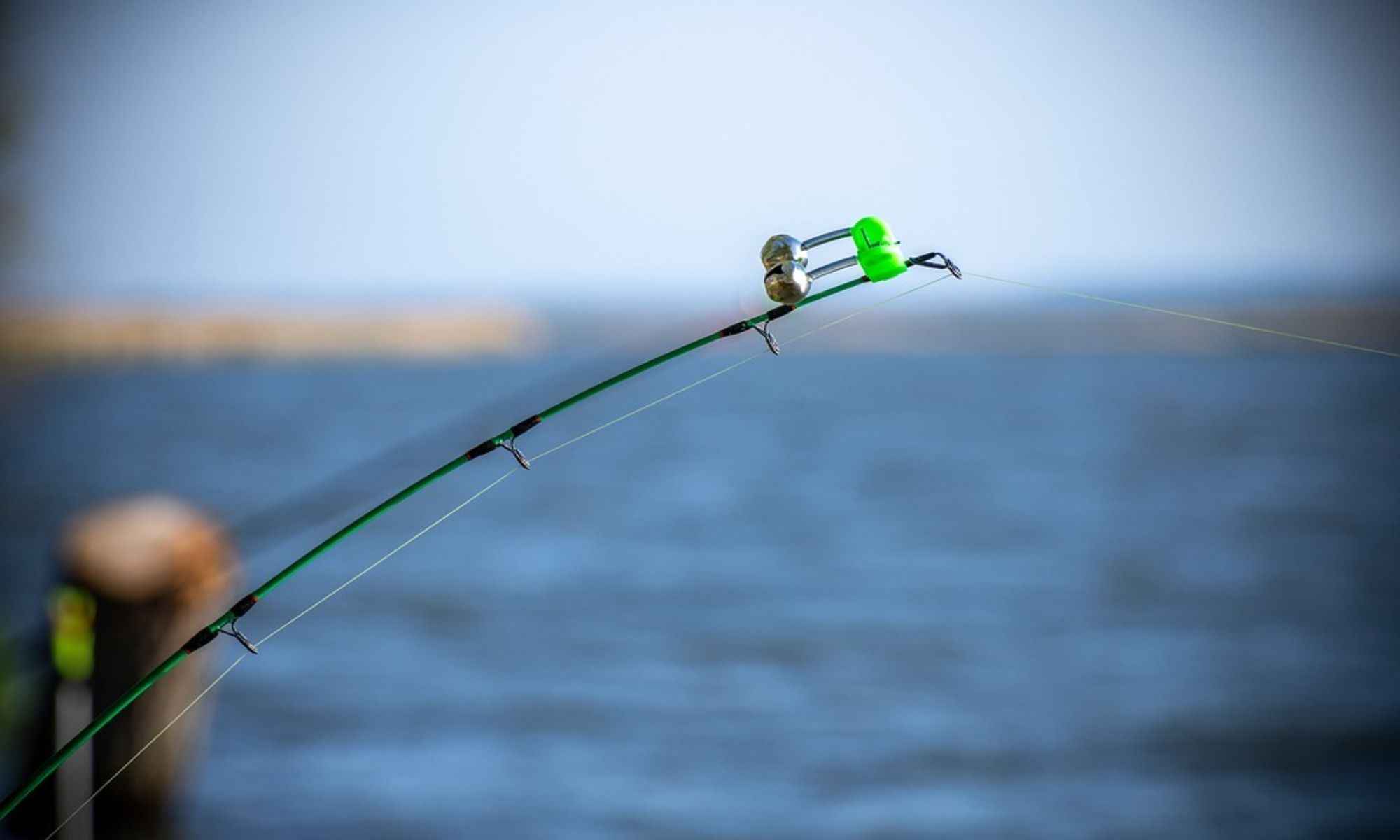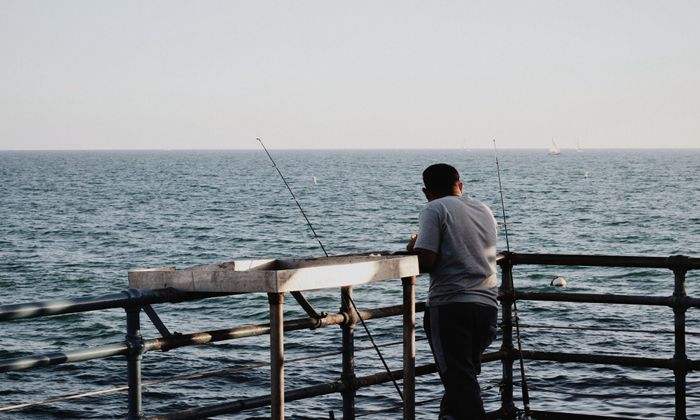The Difference Between Fluorocarbon Line and Monofilament Line
The long-standing argument about the better fishing line ends here. Know the difference between fluorocarbon and monofilament lines.

In the fishing community, there has been a long ongoing debate regarding the best material for a fishing line - monofilament or fluorocarbon. A monofilament line, known as mono for short, consists of a single strand of plastic that is made by melting and mixing polymers. These lines are the traditional ones, widely used for many years - even until now - because they are affordable, manageable, and versatile enough to suit most fishing situations the average angler would ever encounter. These characteristics also make monofilament a good choice for beginner anglers.
Fluorocarbon fishing line, or fluoro for short, is made of fluoropolymer PVDF (polyvinylidene fluoride) with a production process similar to that of monofilament, but the materials used are denser and stiffer. It first came about in the 1970s. It is more expensive than mono, but excellent for stealth fishing as it disappears in the water.
The best fishing tackle is a subjective decision and will depend on the angler’s budget and preferences as well as the condition of the water. To help you make a more informed decision, let’s go through the pros and cons of each line according to the characteristics you must consider in your fishing line.

Pros and Cons of Fluorocarbon Line and Monofilament Line
Strength and Durability
Fluorocarbon is the clear winner for this category, as it is much stiffer and more durable than monofilament. These qualities give it higher abrasion resistance, which is particularly handy when you’re fishing around structures or from beneath covers such as ricks, vegetation, and wood. It is resistant to the elements - extreme temperatures, rain, humidity, U.V. rays - that monofilament is vulnerable to. Fluorocarbon’s hardness only comes as a disadvantage when casting. In contrast, monofilament casts very well.
Density
Fluorocarbon has a higher density than water, which means it can sink to the bottom of a waterbody. It is the optimal choice for bottom fishing and wet fly fishing. Being non-permeable to water, it will also retain its strength for a longer time.
Monofilament may not be as dense as fluorocarbon, but that’s not necessarily a bad thing. While it may be far from ideal for deep water fishing, its buoyancy is a necessity in topwater fishing, drifting, and skating flies. It also means you have a more relaxed line. However, monofilament’s water permeability - its ability to absorb water - can weaken it over time. Furthermore, it is unlikely that it would hold up against the bigger, stronger fish found in offshore locations.
Visibility

Fluorocarbon is more capable of disappearing in water, having a similar light refractive index to fresh water. This makes catching fish easier as it won’t spook the fish. On the other hand, monofilament refracts light, making it more visible in the water. With a monofilament line, fish may be more wary of swimming towards your lure. However, it comes in an array of different colors - not just clear - such as red, yellow, pink, green, brown, and blue. This is because certain colors can work better in different water depths and conditions. For instance, yellow, green, and brown work best for murky waters; blue is best for saltwater; and clear monofilament lines have a better chance of blending in waters that are also clear.
Elasticity
Monofilament has great stretch, which can contribute to better shock absorption when catching fish. This makes it a better material for when you’re knotting your lure to your line. Fluorocarbon’s low stretch makes it a better option for cover fishing, when snagging is most likely. Monofilament would not be a good choice for cover fishing as it would not be able to sink beneath covers as efficiently and its lack of strength compared to fluorocarbon makes breakage more likely. However, fluorocarbon’s inflexibility makes it more difficult to knot.

Sensitivity
Elasticity contributes to line sensitivity, which refers to how well you can feel the bottom of the water or the bite of a fish by holding your fishing gear. The more sensitive your rod and line, the more you’ll be able to sense what’s going on with your fishing rig while it’s submerged. Less sensitivity on your gear means you may be less likely to sense whether a fish has taken a bite or whether your rig has reached the bottom. The result is a less efficient fishing session. Because monofilament is the more elastic material, it has lower sensitivity. Fluorocarbon, on the other hand, has high sensitivity thanks to its density and stiffness, and can alert you of bites and when your lure has reached the bottom.
Environmental Impact
Both monofilament and fluorocarbon lines take a very long time to break down. Since monofilament doesn’t last as long as fluorocarbon, and its littering the aquatic system due to unintentional snagging and improper disposal has led to dire repercussions for both animals and humans. it’s more likely to litter and do more damage to the environment. Monofilament lines are difficult to spot when submerged in water, and they can trap birds, fish, and even divers and swimmers. What’s more, they may be ingested by birds and fish, leading to microplastic poisoning. The environmental issues surrounding fishing lines have prompted many fishing areas across the country to encourage proper disposal, primarily by stationing collection bins for old and damaged fishing lines at piers, tackle shops, and beaches.
Both monofilament and fluorocarbon lines have compelling arguments for themselves. Monofilament is an old reliable for good reason, being affordable, easy to manage, and applicable to most fishing situations. Its weaknesses, however, lie in its higher visibility, low sensitivity and durability, the latter of which makes it the less sustainable option. Fluorocarbon possesses many traits that monofilament seems to lack - it is durable and more sustainable, has a higher density and sensitivity, and is less visible underwater. The tradeoffs are that it is difficult to cast, more expensive, and its use is best when limited to deepwater fishing. Ultimately, your choice of fishing line depends on water conditions, budget, and the type of fishing you prefer to do.



